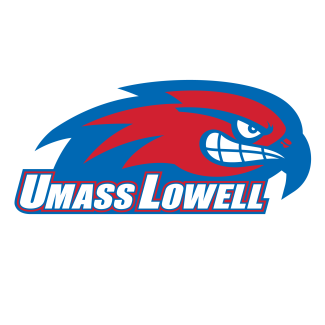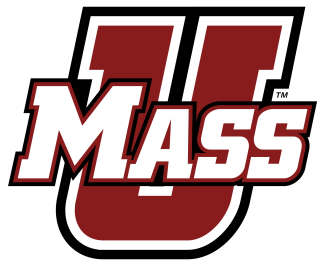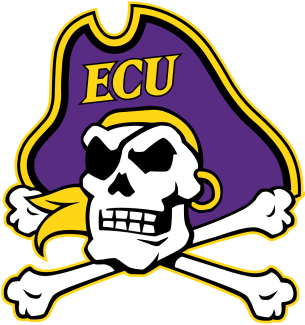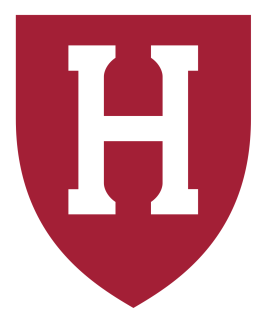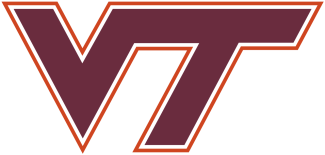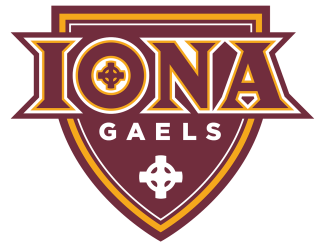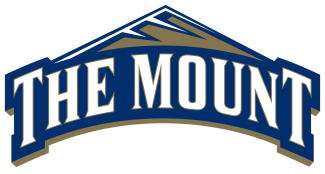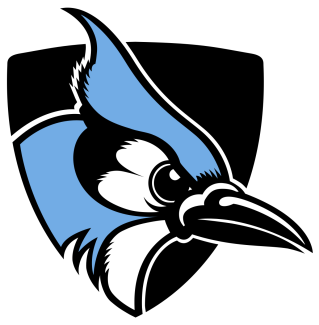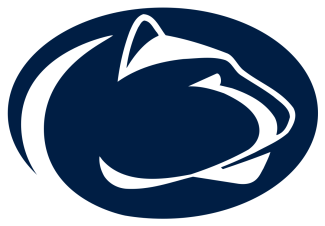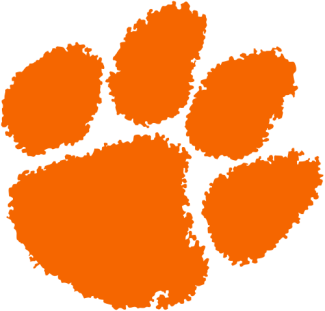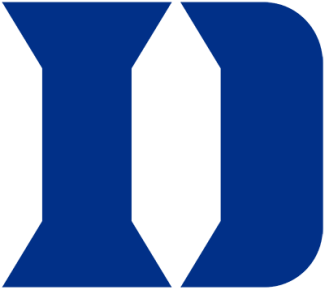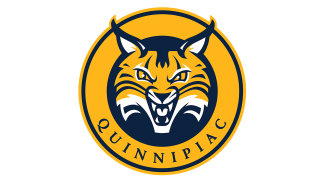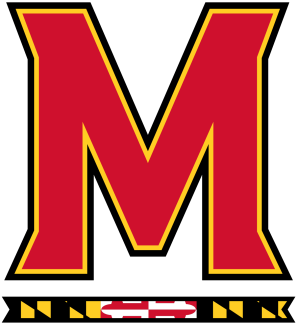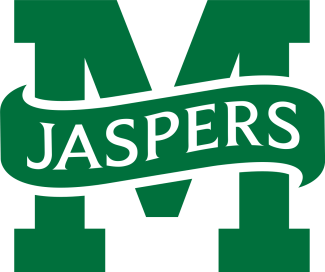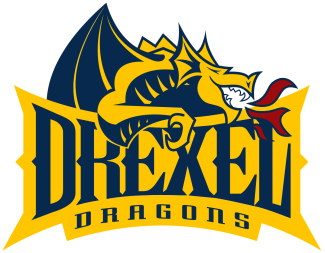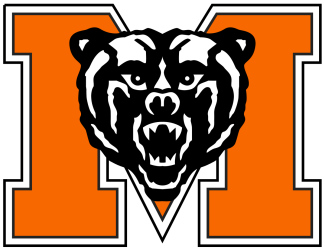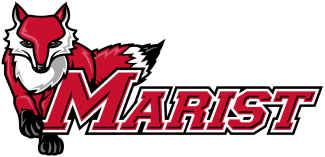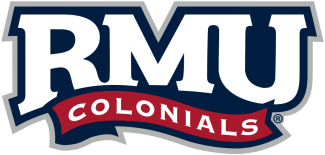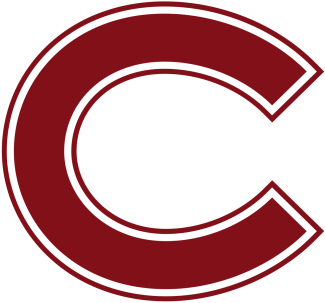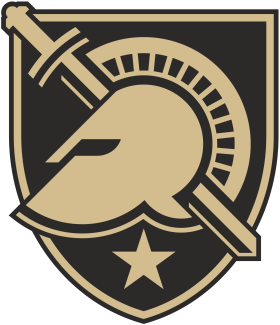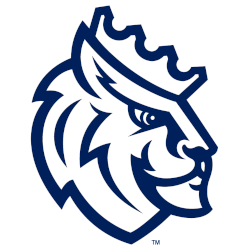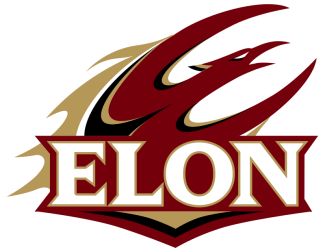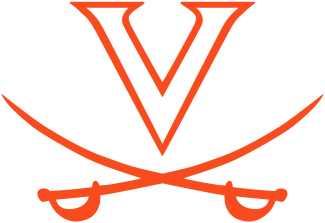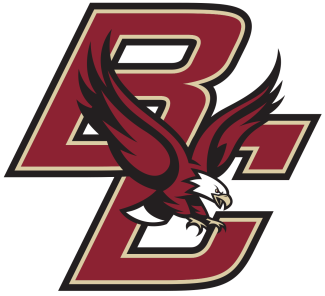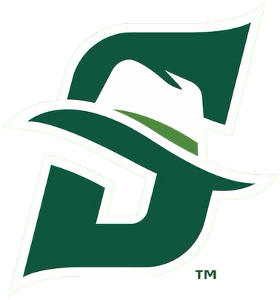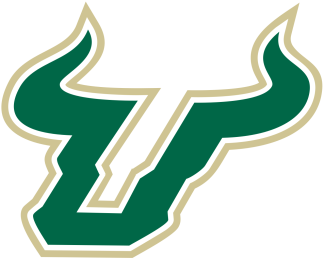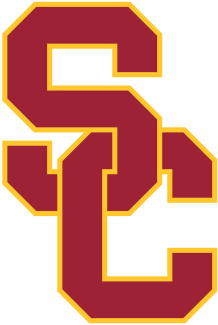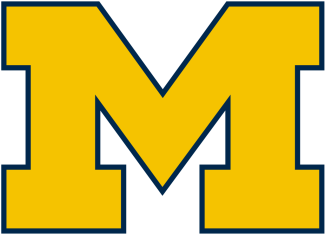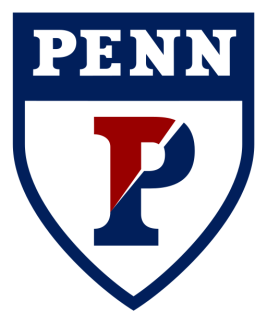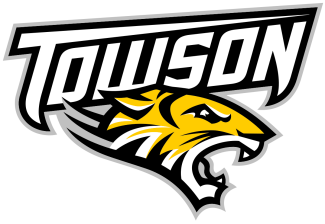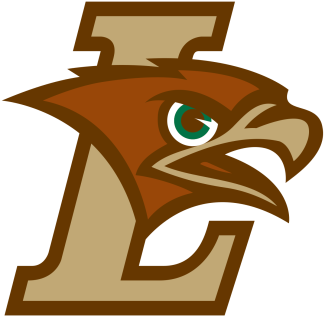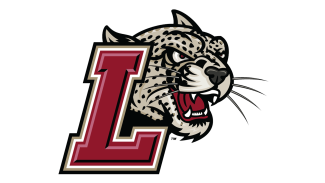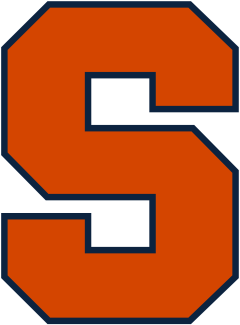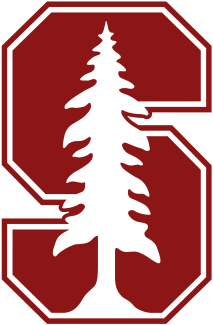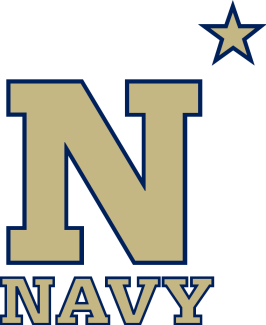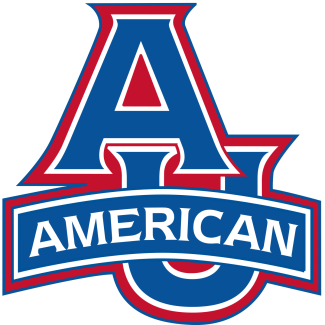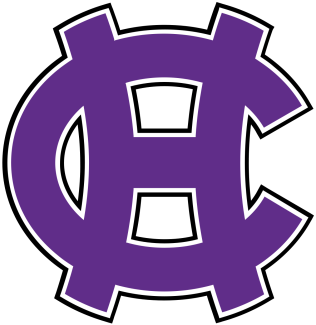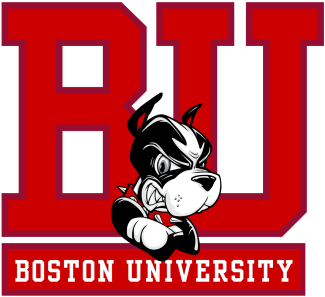
PHOTO BY DEIDRE ELROD/CHOCTAW NATION
Choctaw Nation of Oklahoma Chief Gary Batton, left, leads a traditional Choctaw Snake Dance at the 2017 dedication of Kindred Spirits monument in Midleton, Ireland.
Kindred Spirits
Nine giant eagle feathers built of stainless steel rise in the middle of a verdant park in Midleton, Ireland, forming the shape of an empty bowl. Ethereal when lit from below at night, the monument represents the delicate feathers prized by the people of the Choctaw Nation and the humanity they showed toward Ireland. The creator, Alex Pentek, says the tribute — consisting of more than 20,000 welds — is meant to signify the Choctaw and Irish are forever kindred spirits.
The story behind the monument stretches back to the 19th century, when Ireland endured one of the world’s worst catastrophes. Many refer to it as the Irish famine. In Irish, it is called An Gorta Mór, or the Great Hunger. Between 1845 and 1852, more than a million Irish men, women and children died as blight destroyed their potato crops. A greater number left during the disaster for America, Canada and elsewhere. In all, Ireland lost about a quarter of its population.
Much of what caused Ireland’s calamity had been developing for generations under British rule, said Christine Kinealy, the founding director of Ireland’s Great Hunger Institute at Quinnipiac University. Irish Catholics, Kinealy said, were denied civil rights and access to good quality land. Some British considered Ireland lazy and overpopulated, Kinealy added, while others oversaw parsimonious and inadequate relief efforts that exacerbated the suffering, including public works projects in the middle of a brutal winter. Meanwhile, massive amounts of food were exported from Ireland to England.
Struck by Ireland’s plight, people all over the world donated money to help the starving nation. Among them were Native Americans, including the Cherokee and Choctaw. In 1847, the Choctaw donated $170, which is worth nearly $5,400 today.
“It is just a remarkable example of compassion and kindness,” said Kinealy, who documented the Choctaw donation in her book, “Charity and the Great Hunger in Ireland: The Kindness of Strangers.” “What a sacrifice it must have been.”
Click the information icon for photo captions and credits.
At the time, the Choctaw were still reeling from their own calamity, one driven by white supremacy, greed and an insatiable demand for their land. After President Andrew Jackson signed into law the Indian Removal Act of 1830, the U.S. government forcibly removed the Choctaw from their lands in the South. In all, 15,000 of them traveled the Trail of Tears between 1831 and 1833, according to the Choctaw Nation of Oklahoma, and up to a third died from disease, starvation, exposure and murder. Their removal to Oklahoma continued into the 20thcentury.
In 1847, the Arkansas Intelligencer reported on a meeting in Skullyville, Oklahoma, where the Choctaw heard a plea to help the Irish. The list of people who agreed to donate, the newspaper reported, included “many full-blooded Choctaw Indians, who knew nothing more, cared for nothing more, than the fact that across the Big Water, there were thousands of human beings starving to death.” The following month, the chairman of the General Irish Relief Committee of New York, wrote a letter to the Society of Friends, highlighting $144,000 in donations collected for Ireland. That money, he wrote, included $170 “of which the largest part was contributed by the children of the forest, our red brethren of the Choctaw Nation.”
“They knew what it was like to starve,” said Judy Allen, a historic projects officer for the Choctaw Nation of Oklahoma. “They knew what it was like to have a stronger, larger government oppress them.”
The Irish and Choctaw have remained close since, at times demonstrating together against famine. In 1992, a plaque commemorating the Choctaw donation was unveiled in the Dublin lord mayor’s residence. Three years later, Irish President Mary Robinson visited the Choctaw in Oklahoma, thanking them for their generosity. In 2017, some Choctaw visited Ireland for the dedication of Pentek’s Kindred Spirits monument. Irish Prime Minister Leo Varadkar traveled to the Choctaw Nation in 2018 and announced an annual scholarship allowing Choctaw students to study in Ireland.
This year, Native Americans issued a desperate plea for help. And the Irish responded. In a big way.
Shandiin Herrera, a Lead for America fellow with the Yee Ha’ólníi Doo nonprofit humanitarian organization, distributes COVID-19 relief aid in Kayenta, Arizona.
Ireland Remembers
The origin of the messages is unmistakable. Short and sweet, they declare: “Love from Ireland” and “Ireland Remembers.” Some are written in Irish. One was posted along with a photo of the Kindred Spirits monument. All of them accompany COVID-19 relief donations to a GoFundMe campaign for Navajo and Hopi families.
American Indians are experiencing disproportionately higher rates of infection and death during the pandemic, according to the Centers for Disease Control and Prevention. As of Dec. 17, COVID-19 had infected nearly 20,400 Navajo and killed 732, Navajo Department of Health figures show. The Hopi Tribe, meanwhile, recorded 671 positive cases of the disease by Dec. 7.
Thomas Joyce donated to the campaign, thanking the Choctaw for their help during the Irish famine and declaring: “I might not be around today without it.” Elizabeth McNulty also gave, writing: “This is my fifth donation in thanks to the Choctaw Nation for help given to my ancestors in Ireland.” David O’Hanlon contributed as well, posting: “We will never forget your kindness in our darkest hour. Thank you from Ireland.”
Donations from Ireland picked up substantially in May after Naomi O’Leary, a Europe correspondent for The Irish Times, tweeted about the GoFundMe campaign, saying: “Native Americans raised a huge amount in famine relief for Ireland at a time when they had very little. It’s time for [us] to come through for them now.”
Since it began March 15, the campaign has raised more than $6.8 million for food, water, masks, cleaning supplies and other aid. By Oct. 21, $1 million had come from 26,800 donors in Ireland, according to one of the campaign’s founders, Ethel Branch, a former Navajo Nation attorney general. Even more was donated from people who live elsewhere but who have Irish ancestry.
“It is such a beautiful, beautiful thing. We have seen so much incredible generosity for our community,” said Branch, the founder and interim executive director of Yee Ha’ólníi Doo, a nonprofit humanitarian organization.
Ireland’s charity is particularly gratifying for Gary Batton, chief of the Choctaw Nation of Oklahoma.
“It is a wonderful story,” he said. “I just see it as a good deed that continues to be carried forward today and hopefully into the future.”
As the world grappled with the pandemic this year, Native Americans and the Irish encountered another challenge, one that would draw them even closer.
